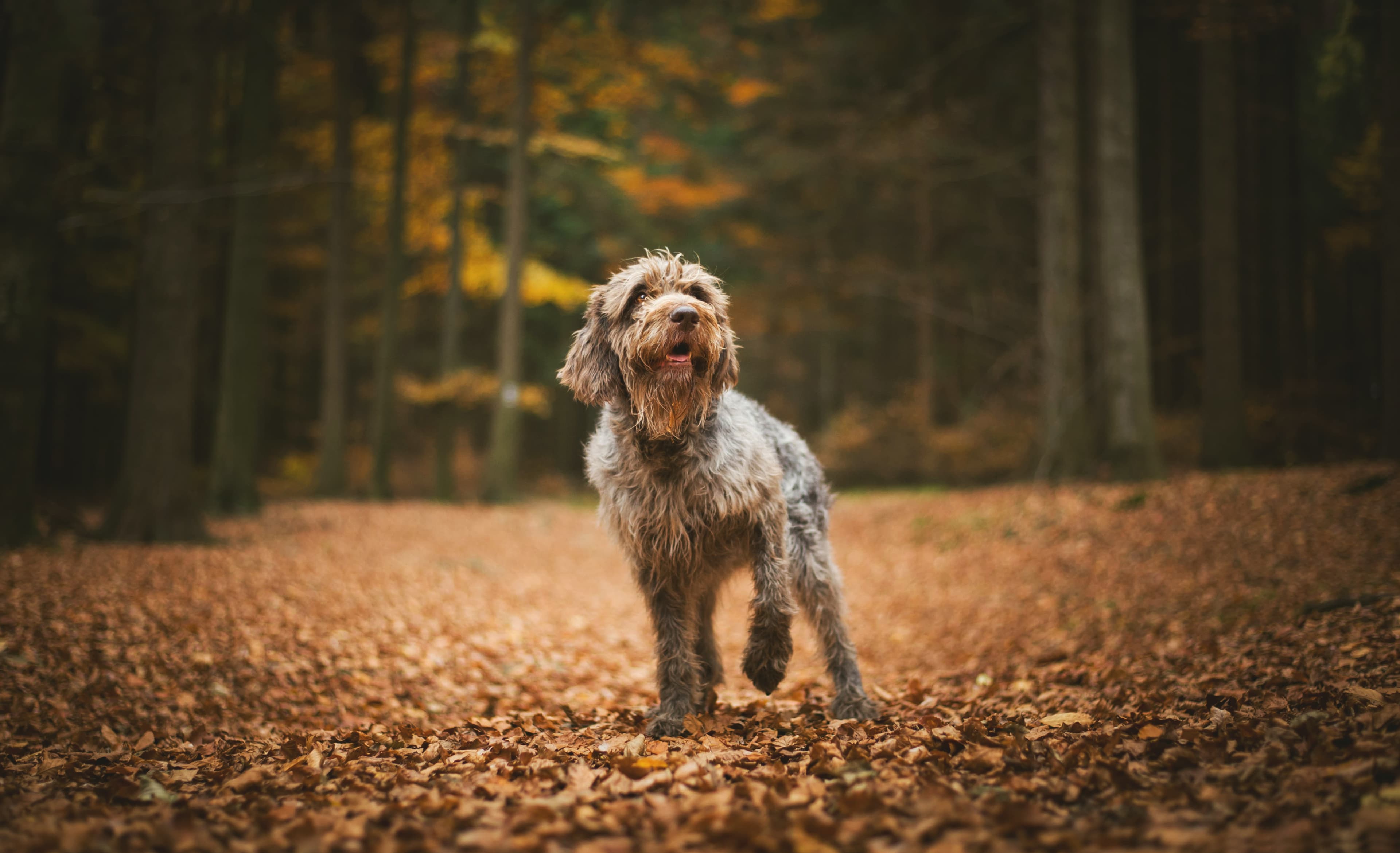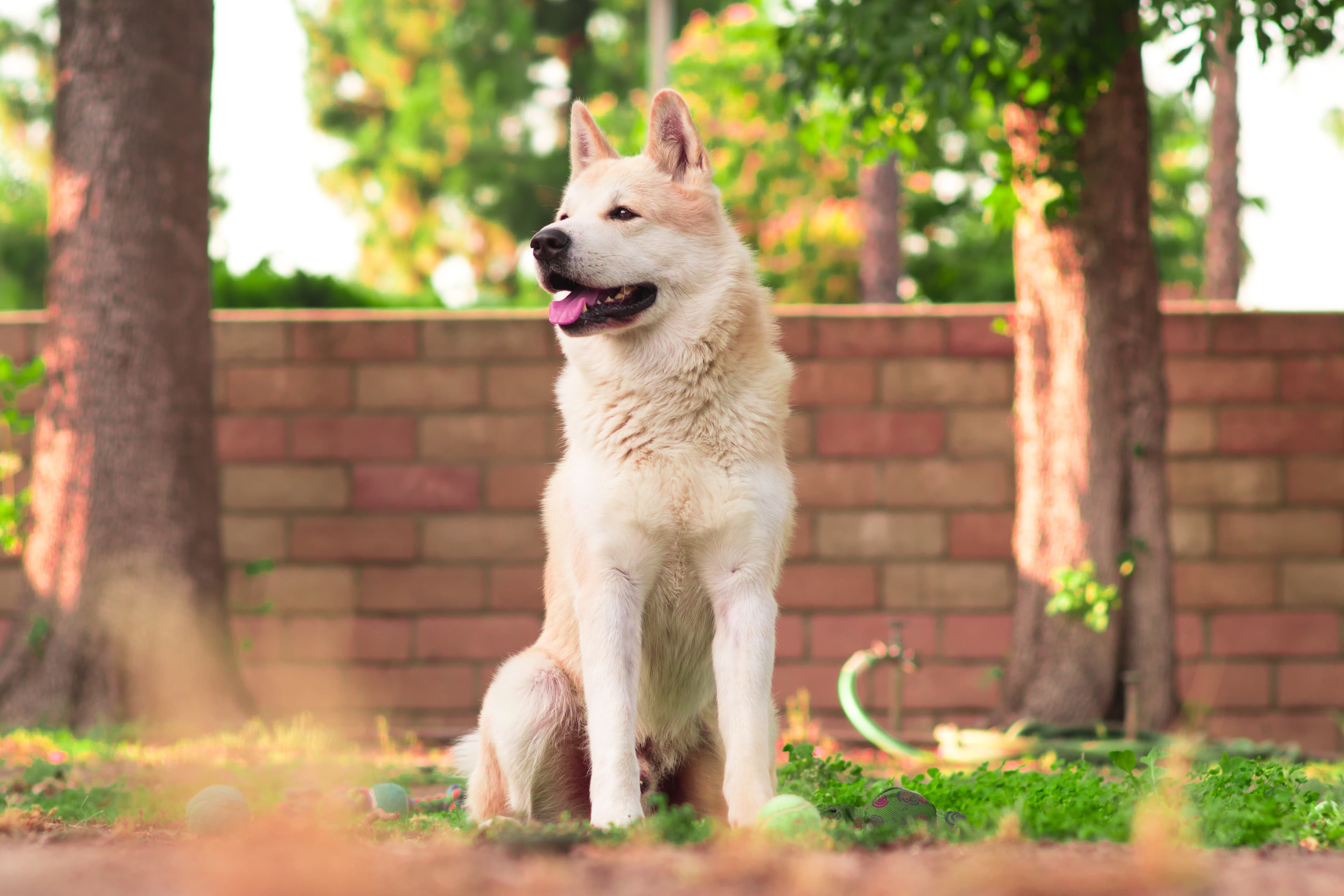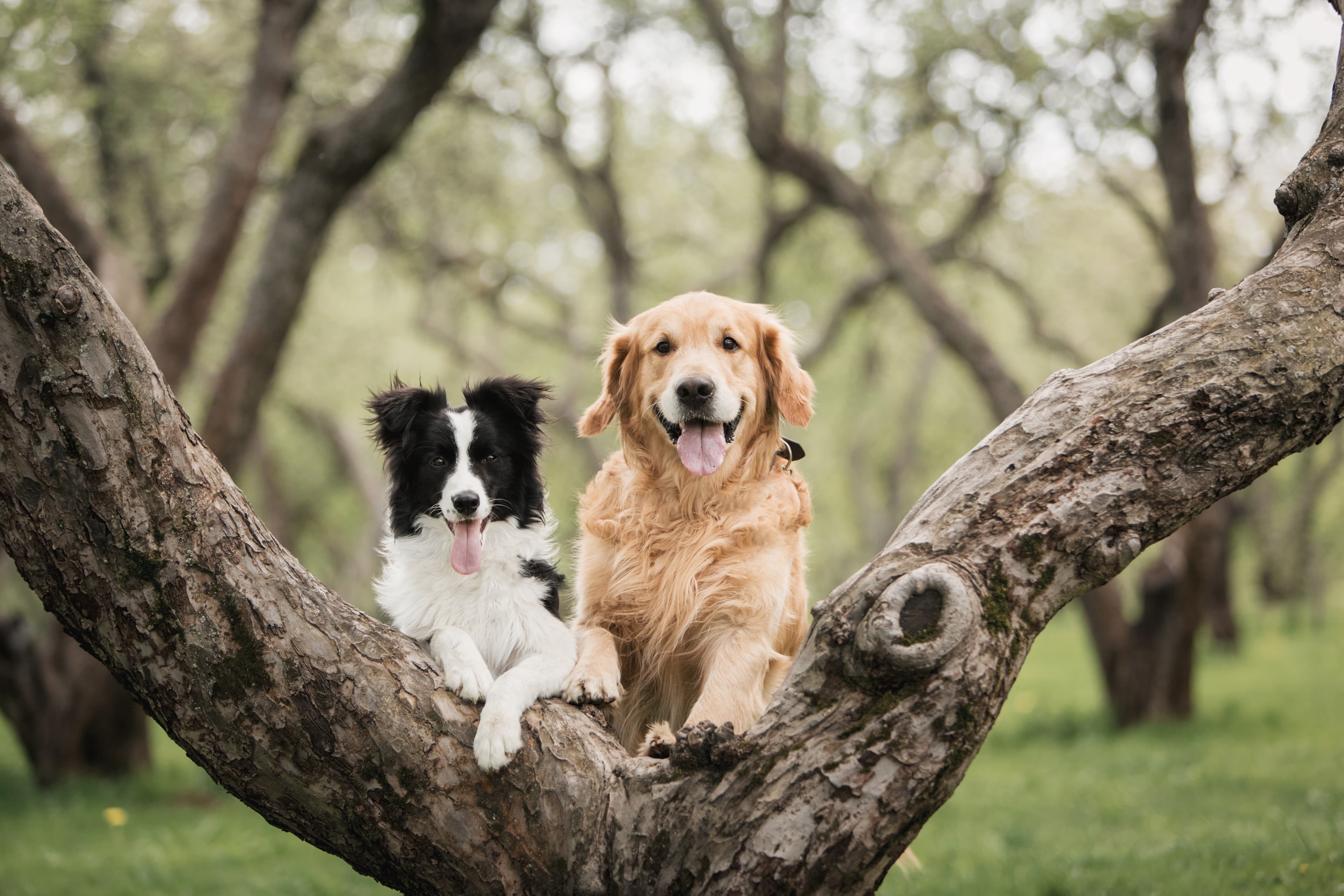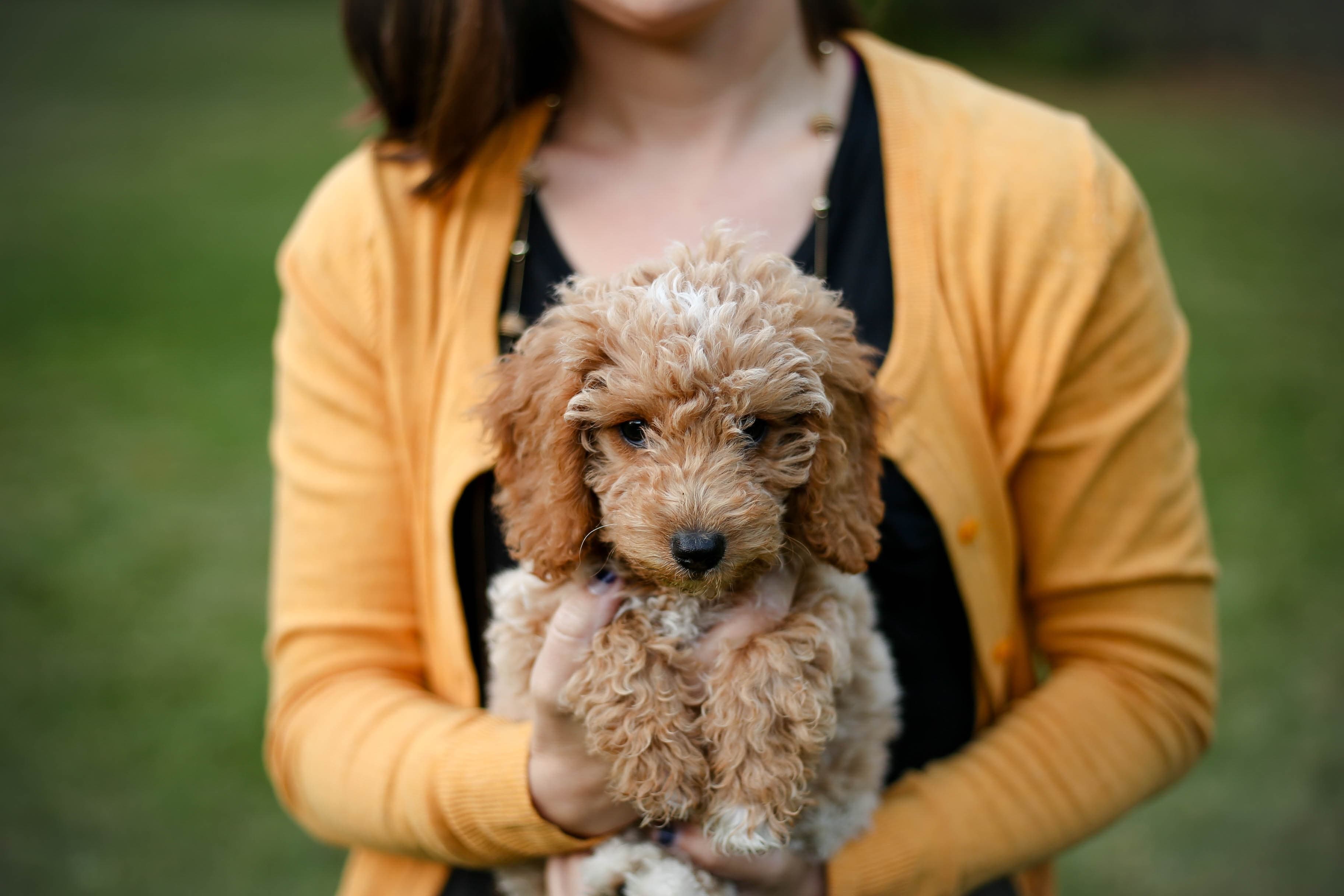6 tips to reduce the weight of your dog
If your dog is overweight, it is obviously important that it gets the help it needs to get down to a healthy weight. It's a good idea to consult a vet to help you decide what is a sustainable and appropriate weight loss for your dog. Here we've gathered our top 6 tips for reducing your dog's weight:
Create a plan for the amount of food. In many cases, the food manufacturer will help you with this. However, don't forget that some dogs need more or less food than is stated on the packaging.
Use a dog food that is particularly suitable for weight loss
Do not give your dog anything else to eat apart from the food. No chews, treats from the table or other things
Reward the dog with its food instead of treats or choose low-calorie treats instead. You can also try to make your dog work for his food, for example with an activity toy.
Train your dog in line with his needs and abilities
Monitor your dog's weight so that the weight loss is happening in a controlled manner
Being overweight is a clear risk factor for many common diseases and it can also affect your dog's quality of life. Most dogs become overweight because they expend less energy than they consume. Getting a dog to lose weight is about doing the opposite, getting the dog to expend more energy than they consume. So be sure to monitor whether your dog is going in the right direction by weighing it from time to time.






